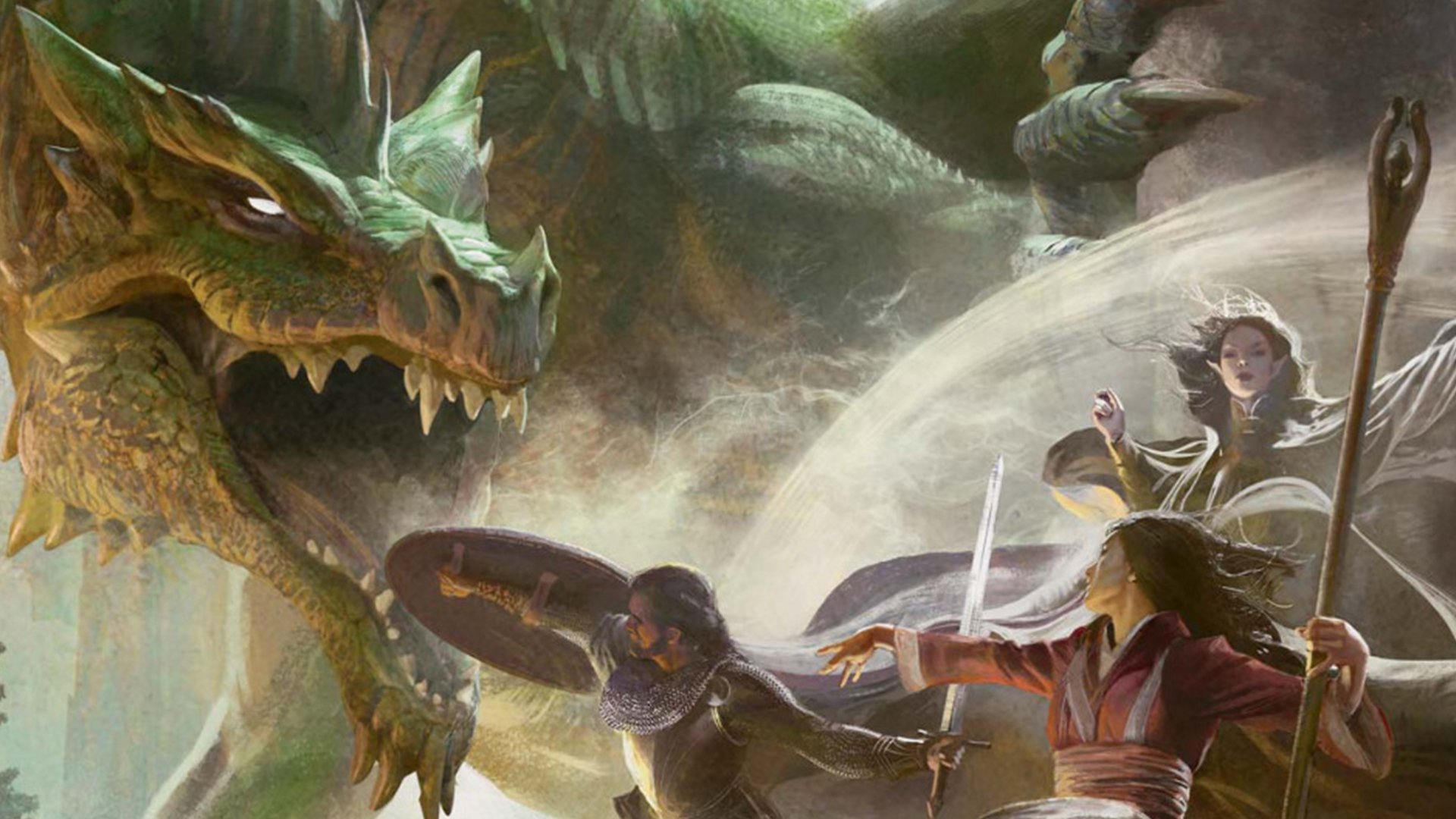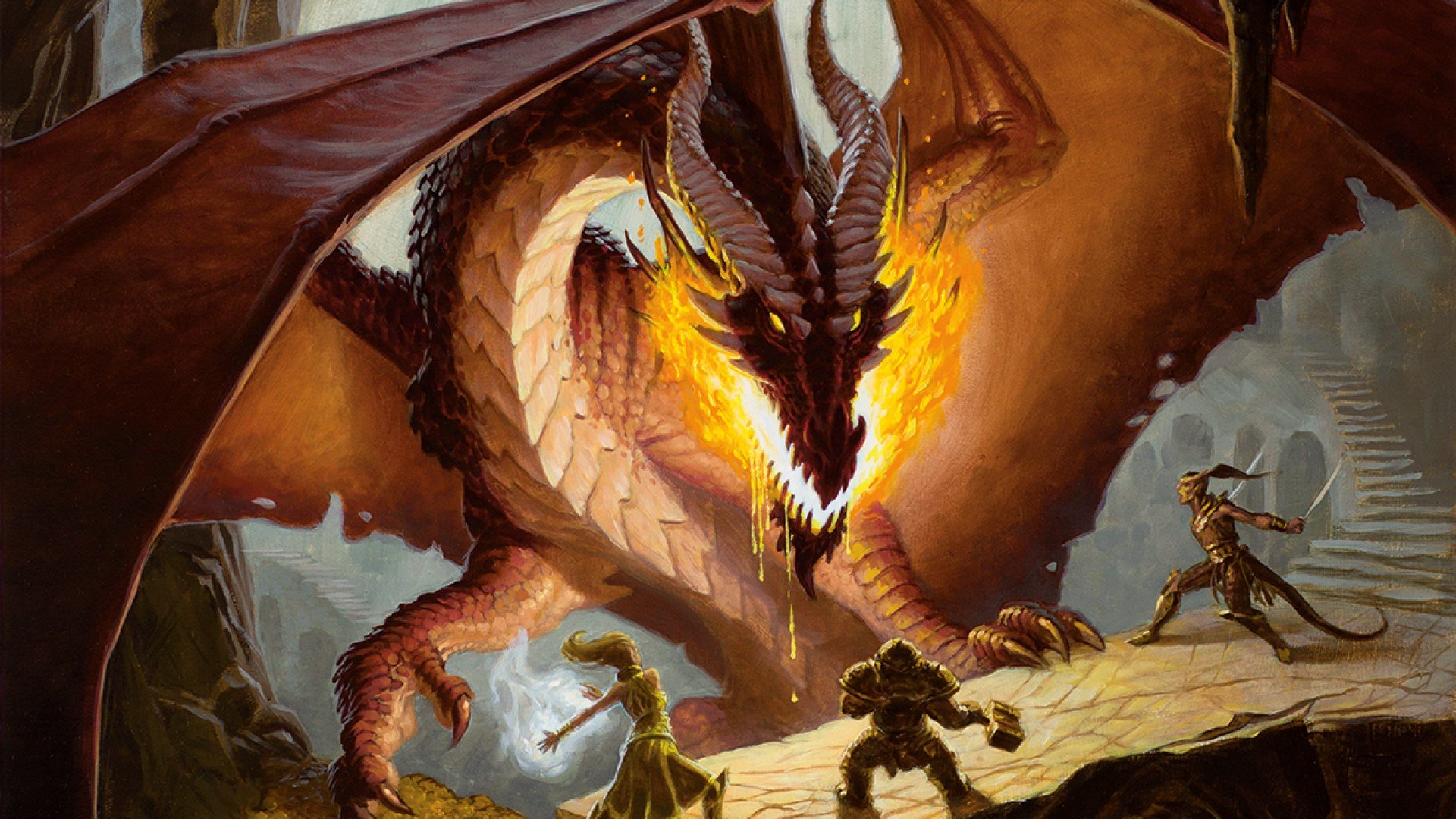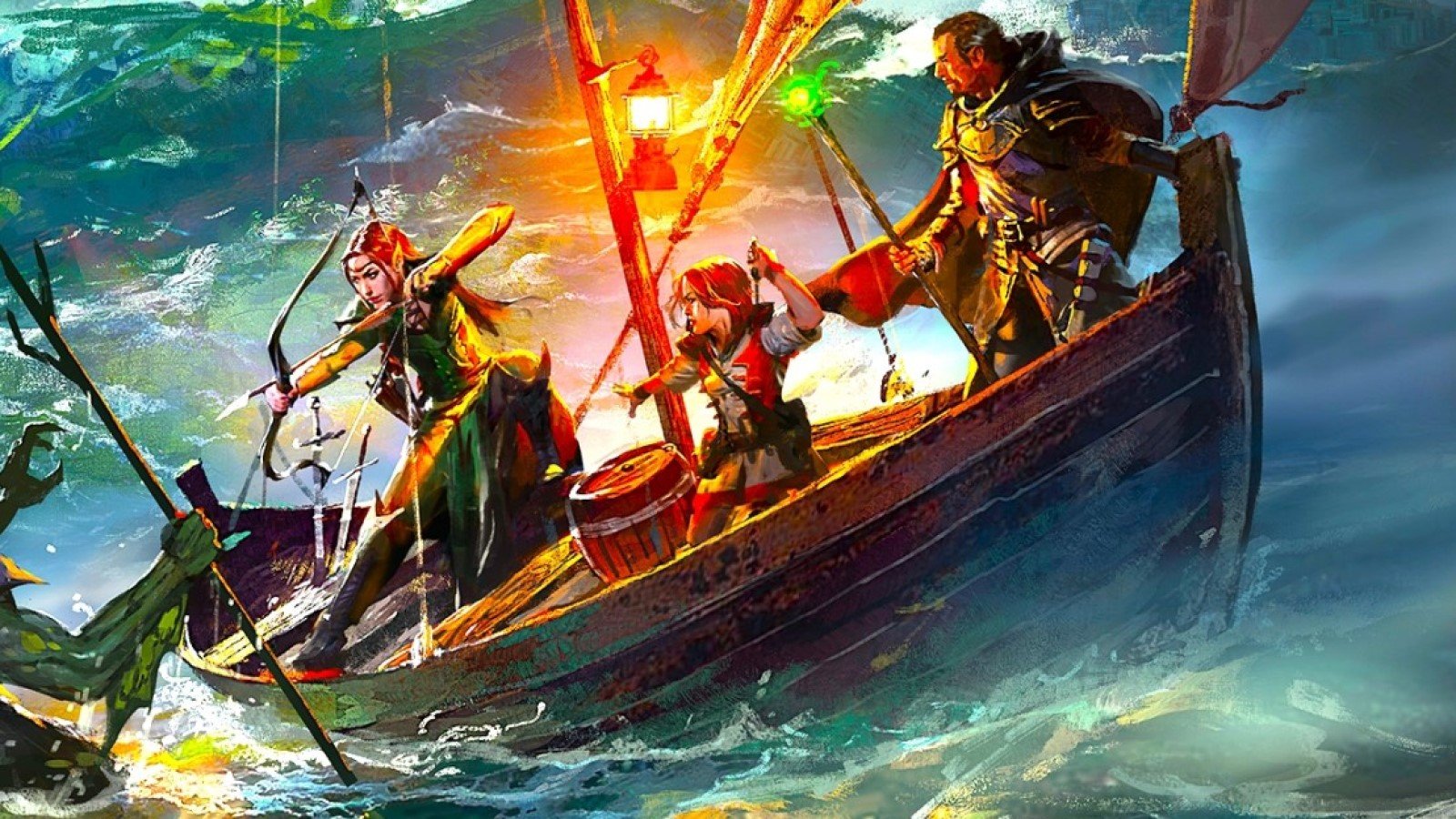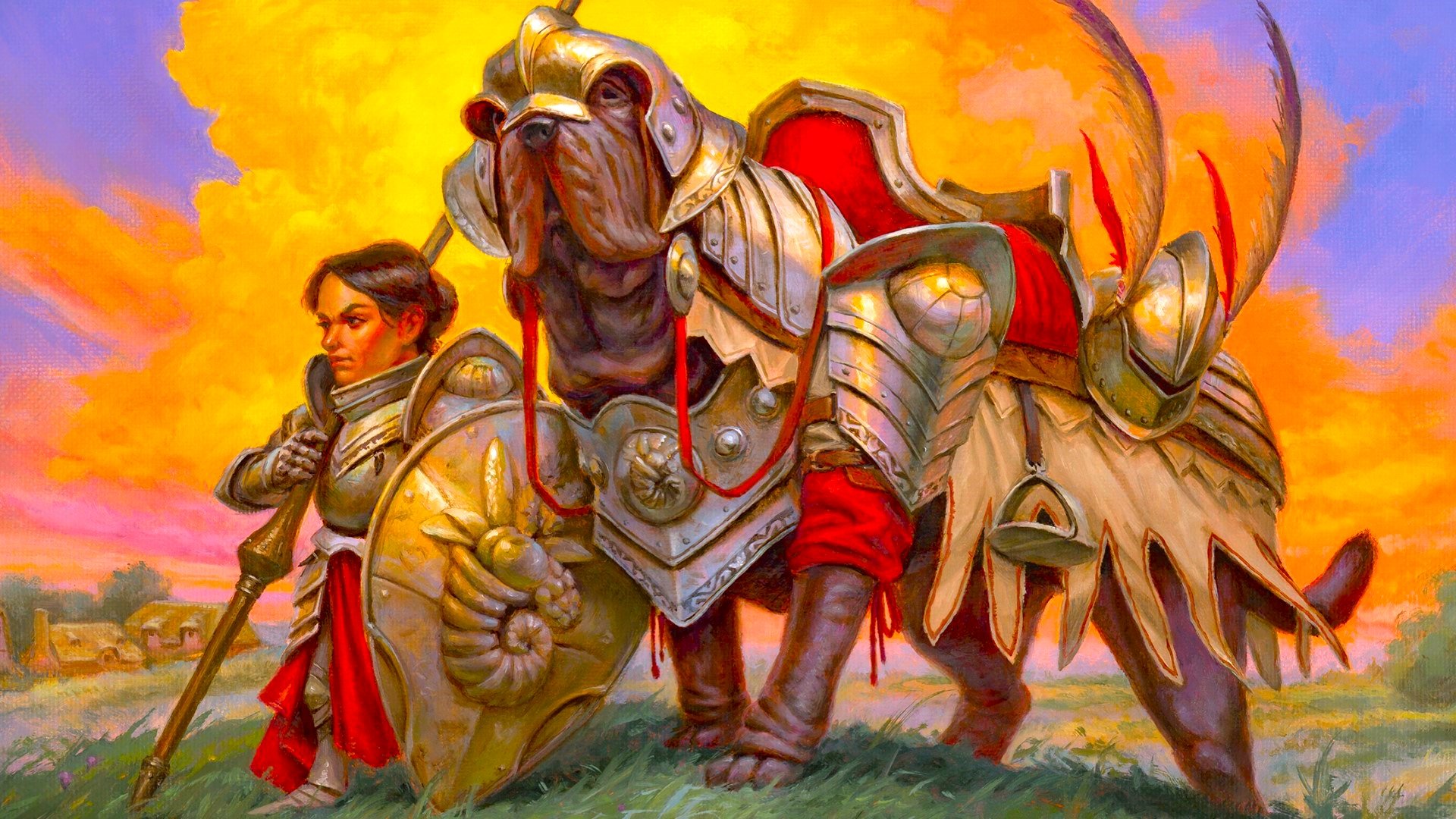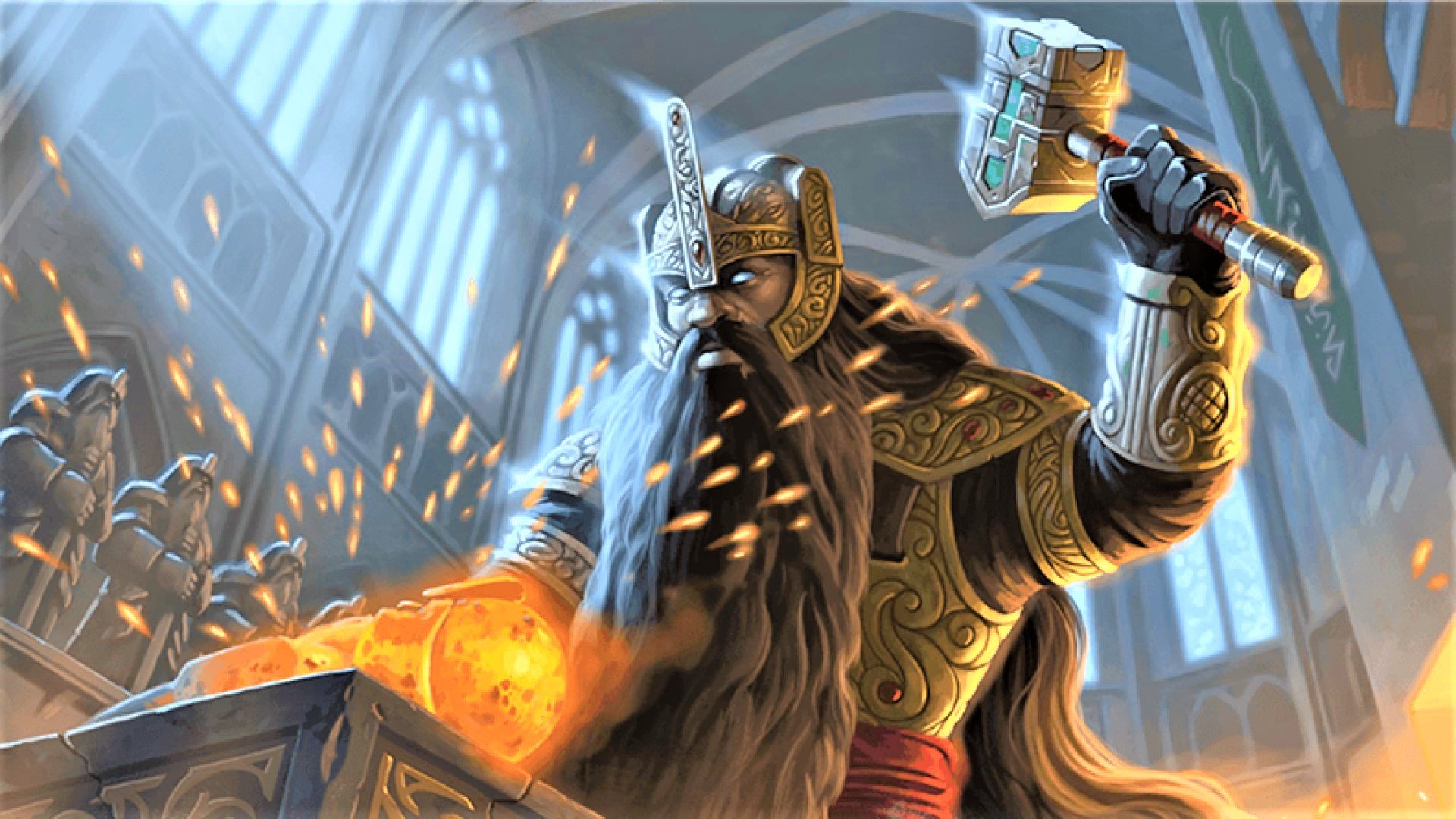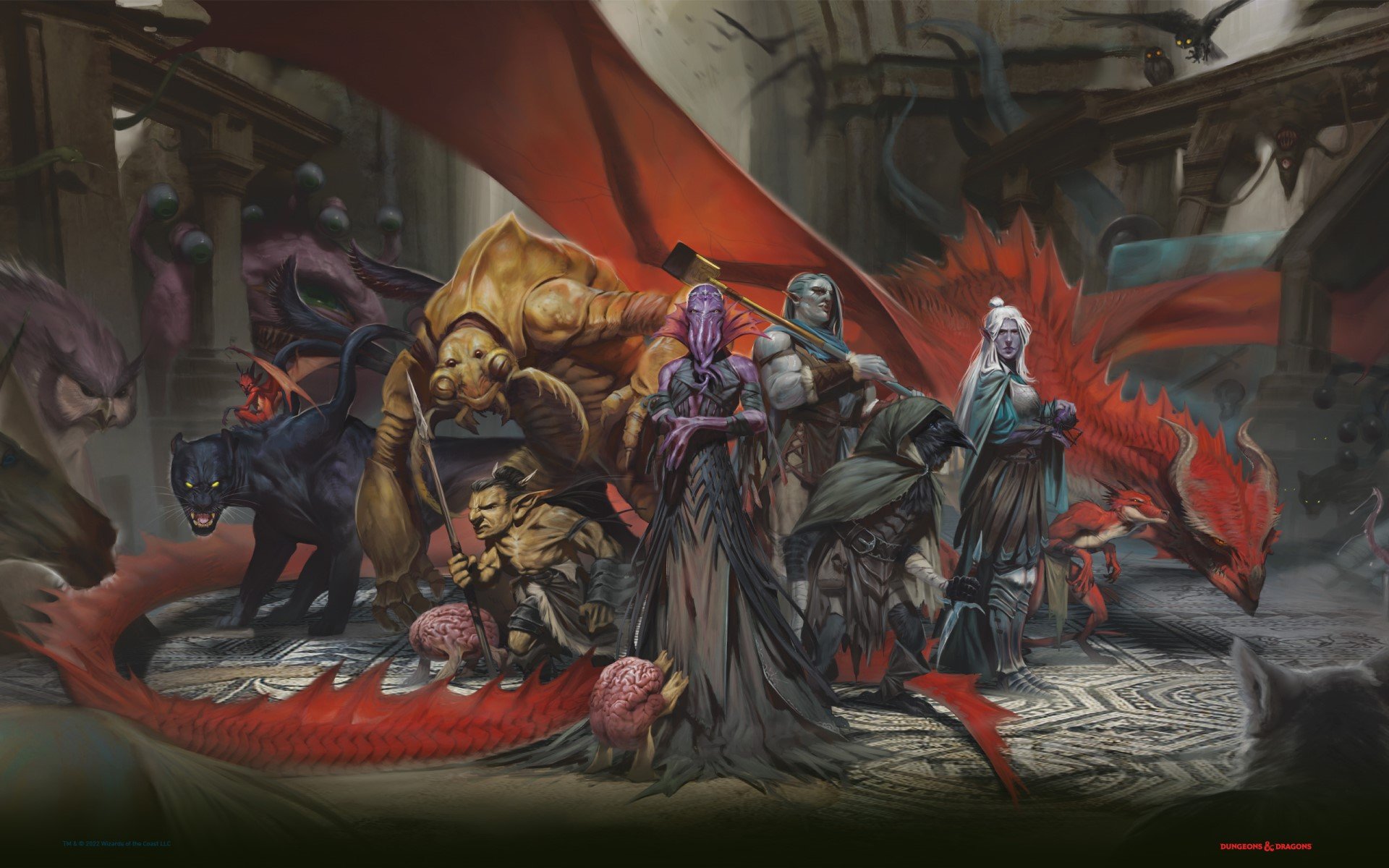The creatures that populate a Dungeons and Dragons game come in all shapes and sizes, so there’s a need for rules that explain how they interact with the world based on these factors. DnD sizes do more than just tell you how big and imposing your dungeon bosses are. They’re crucial to understand in a combat situation, and they’re just as key for exploring and adventuring in general.
Below you’ll find a complete DnD sizes chart, as well as some tips on how 5e sizes will really affect you in-game. Once you’ve got sizes nailed, DnD classes, DnD races, and DnD character creators are your next stops for all things D&D character-building.
What does size mean in D&D?
A creature can be one of six sizes in D&D 5e:
- Tiny – E.g. Faerie Dragon, Imp
- Small – E.g. some player races, Goblin
- Medium – E.g. Most player races, Mind Flayer
- Large – E.g. Aboleth, Ogre
- Huge – E.g. Tyrannosaurus Rex, Adult Dragon
- Gargantuan – E.g. Ancient Dragon, Purple Worm
We know what all these words mean in concept, but how do they translate to D&D mechanics? There are multiple ways the size of a character or creature affects it in-game:
Space
Creatures of different sizes occupy different amounts of space on your battle maps. The Player’s Handbook defines space as “the area in feet it effectively controls in combat”. This means a Small creature isn’t five feet wide; that’s just the space it can comfortably act in without needing to move.
Surrounding
A creature’s size defines the space it takes up, and this sets a limit on how many foes can surround it in combat. For example, a Medium DnD Fighter will take up a single five-by-five hex on your battlemap. Assuming all attackers are the same (Medium) size, eight of them can surround the Fighter, each taking up their own five-by-five hex.
The bigger the creature, the more hexes surround it, so the number of (usually smaller) creatures able to surround it is also higher. At the same time, fewer larger creatures can surround something smaller.
Squeezing
All creatures can squeeze through gaps one size smaller than themselves. This means a Large creature can fit through a space big enough for a Medium creature, a Medium creature a Small one, and so on.
This has a bit of a strange effect on Medium creatures, who occupy the same five-by-five space as a Small creature. If you check out the DnD size chart below, you’ll see Medium creatures, by the RAW rules, can squeeze through a space the same size as they currently occupy. This seems to cancel out the squeeze entirely.
A DM may tweak this using common sense and more details (height and weight for example, which don’t have clear direct relation to size in the rules), but it’s something to be aware of.
Blocking
In combat, there needs to be at least two sizes difference for hostile creatures to move through each other’s space. For example, a Medium Barbarian 5e can’t move through a Large DnD monster’s space, but they move through a Huge foe’s area. That Barbarian would also struggle to block a Tiny enemy trying to get past.
Carrying
Carrying capacity is typically Strength multiplied by 15, while the amount a character can push, drag, or lift equals twice this. Carrying capacity largely relies on a character’s Strength score, but size factors in too.
According to the Player’s Handbook, “for each size category above Medium, double the creature’s carrying capacity and the amount it can push, drag, or lift”. It also says to “halve these weights” for Tiny creatures.
Grappling
Characters can only be grappled by a monster one size smaller than them. This also works both ways; a Small DnD Halfling character can only grapple Medium foes, not Large ones.
Weapons and armour
DnD weapons have many characteristics of their own, one of which is being ‘heavy’. Heavy weapons are naturally pretty bulky, and this means Small or Tiny creatures will struggle to use them. Any creature this size fighting with a Heavy Weapon will have disadvantage on all their attack rolls.
The rules for DnD armor are a bit looser; with the right proficiencies and DnD stats, smaller characters can wear any armour they like. A DM may choose to impose additional rules for equipment sizes, however. The Player’s Handbook calls these “common sense” – a DnD Gnome would be too small to fit in the armour of a tall DnD Tiefling, for example.
DnD size chart 5e
Here’s the DnD 5e size chart:
| Size | Space | Squeezing space | Carrying capacity |
| Tiny | 2.5 by 2.5 feet | <2.5 by 2.5 feet | Str x 7.5 |
| Small | 5 by 5 feet | 2.5 by 2.5 feet | Str x 15 |
| Medium | 5 by 5 feet | 5 by 5 feet | Str x 15 |
| Large | 10 by 10 feet | 5 by 5 feet | Str x 30 |
| Huge | 15 by 15 feet | 10 by 10 feet | Str x 60 |
| Gargantuan | 20 by 20 feet (or larger) | 15 by 15 feet | Str x 120 |
Source: Wargamer



